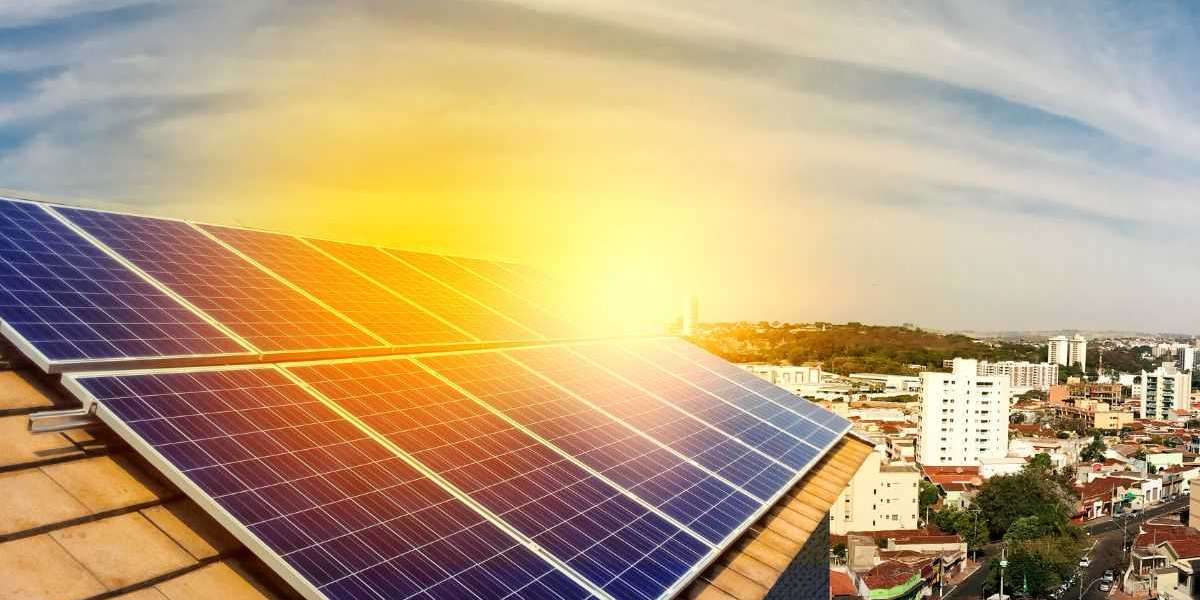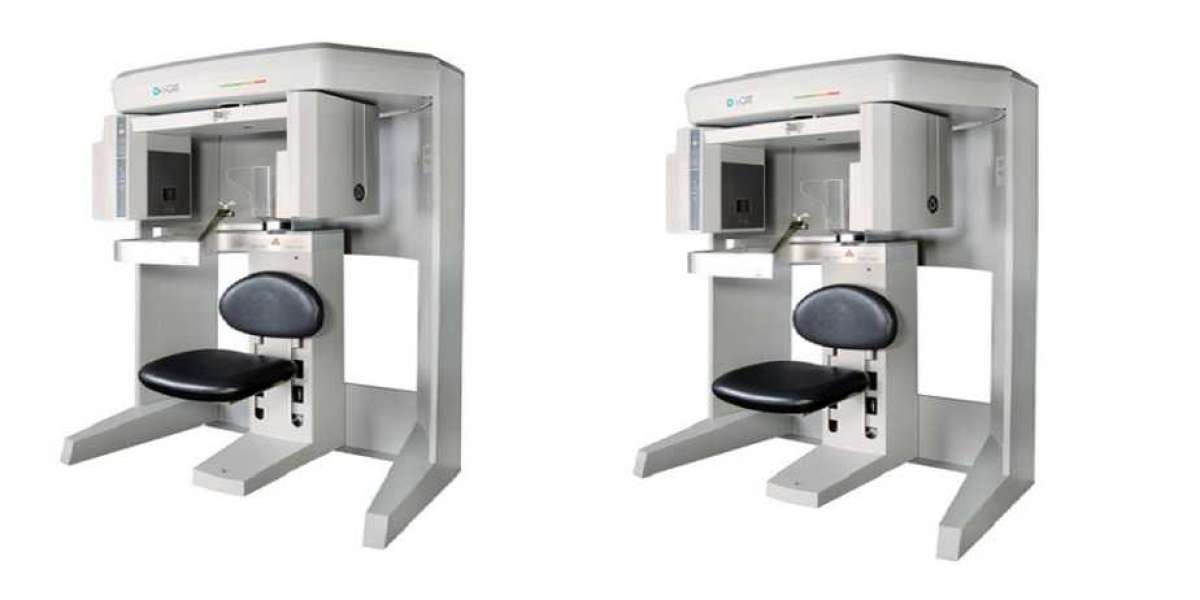The Australia solar energy market, valued at 67.55 GW in 2024, has seen significant growth, driven by its contribution to reducing greenhouse gas emissions and supporting Australia’s shift towards a cleaner, renewable energy future. The market is expected to grow at a compound annual growth rate (CAGR) of 16.50% from 2025 to 2034, potentially reaching 311.09 GW by 2034, as solar energy becomes more affordable, allowing both households and businesses to lower energy bills by generating their own power, leading to long-term savings.
Australia, known for its abundant sunshine, is poised to become a global leader in solar energy adoption. With an increasing emphasis on sustainability and reducing dependence on fossil fuels, the nation is transitioning towards a low-carbon energy system. Solar power, being one of the cleanest and most accessible renewable energy sources, plays a crucial role in this transformation. Over the past few years, the country has made impressive strides in expanding its solar capacity, driven by advancements in technology, decreasing costs, and favorable government policies.
Driving Factors Behind Solar Energy Growth
One of the main factors propelling the growth of the solar energy market in Australia is the continued reduction in the cost of solar panels and related technologies. Solar panels are becoming increasingly affordable, making them more accessible to both residential and commercial customers. Additionally, the Australian government has introduced a variety of incentives and subsidies, encouraging individuals and businesses to make the switch to solar power.
Furthermore, Australia’s commitment to achieving net-zero emissions by 2050 has led to stronger policy support for renewable energy projects. The country’s focus on reducing its carbon footprint has created favorable conditions for the growth of solar energy, and Australia’s clean energy transition is being supported by both federal and state-level initiatives. Renewable energy auctions, large-scale solar farms, and power purchase agreements (PPAs) have attracted significant investment from both domestic and international players.
Residential and Commercial Solar Adoption
Australia’s residential solar market has witnessed impressive growth, with a record number of Australian homes now powered by solar panels. More than 30% of Australian households have already adopted solar energy, and that number is expected to continue growing as energy prices rise and consumers seek more affordable and sustainable energy alternatives. Residential solar adoption is also being driven by government incentives and favorable feed-in tariffs that allow households to sell excess power back to the grid, further increasing the appeal of solar power.
In the commercial sector, businesses are increasingly investing in solar systems to lower their energy costs. For companies operating in high-energy industries, solar panels offer a reliable and cost-effective way to manage electricity bills, while also aligning with corporate sustainability goals. As solar technology improves and economies of scale come into play, businesses of all sizes are realizing the financial and environmental benefits of integrating solar energy into their operations.
Utility-Scale Solar Farms
In addition to residential and commercial adoption, Australia has also seen significant development in utility-scale solar power projects. Large-scale solar farms are becoming increasingly common, particularly in rural areas where land is more available, and the sun's intensity is strongest. These solar farms are crucial for meeting Australia's growing demand for electricity while reducing greenhouse gas emissions.
Several notable solar farms have been built in recent years, with more planned in the pipeline. These large projects not only contribute to the national power grid but also create jobs and support local economies. The development of energy storage solutions, such as battery storage, is further enhancing the potential of utility-scale solar power, enabling excess energy generated during the day to be stored and used when needed, especially during periods of high demand.
Challenges and Opportunities
Despite its growth, the Australian solar energy market still faces challenges. One of the key hurdles is the intermittency of solar energy, which can create challenges for grid stability. However, this challenge is being addressed through the development of energy storage technologies and the integration of solar power with other renewable sources such as wind and hydropower. The expansion of Australia's electricity grid and better grid management practices will also be vital in overcoming these challenges.
Another challenge is the need for skilled labor and technical expertise in the solar industry. As the market continues to grow, there will be a higher demand for professionals in solar installation, maintenance, and project development. To support this, educational and training programs are being developed to provide workers with the skills needed to meet the growing demand for solar energy.
Despite these challenges, the opportunities for growth in the Australian solar energy market are vast. The continued decline in solar costs, the growing emphasis on sustainability, and the rising demand for clean energy will create a thriving market in the coming years.
Looking Ahead: A Bright Future for Solar in Australia
With a projected CAGR of 16.50% from 2025 to 2034, the future of solar energy in Australia looks incredibly promising. As solar power becomes more affordable and widespread, both households and businesses will continue to embrace it as a key solution to rising energy costs and environmental concerns.
The market’s growth will be fueled by technological advancements, including improvements in solar efficiency, energy storage, and smart grid integration. In addition, Australia’s continued commitment to renewable energy, supported by federal and state policies, will further strengthen the foundation for a cleaner, more sustainable energy future.














